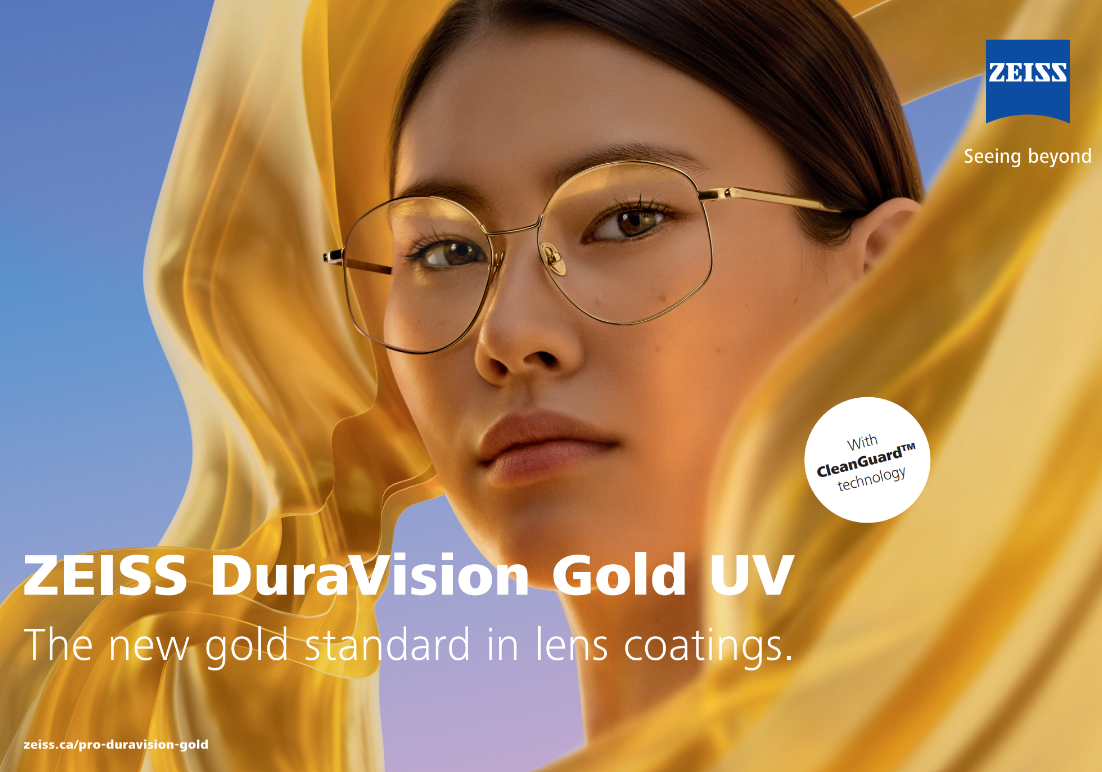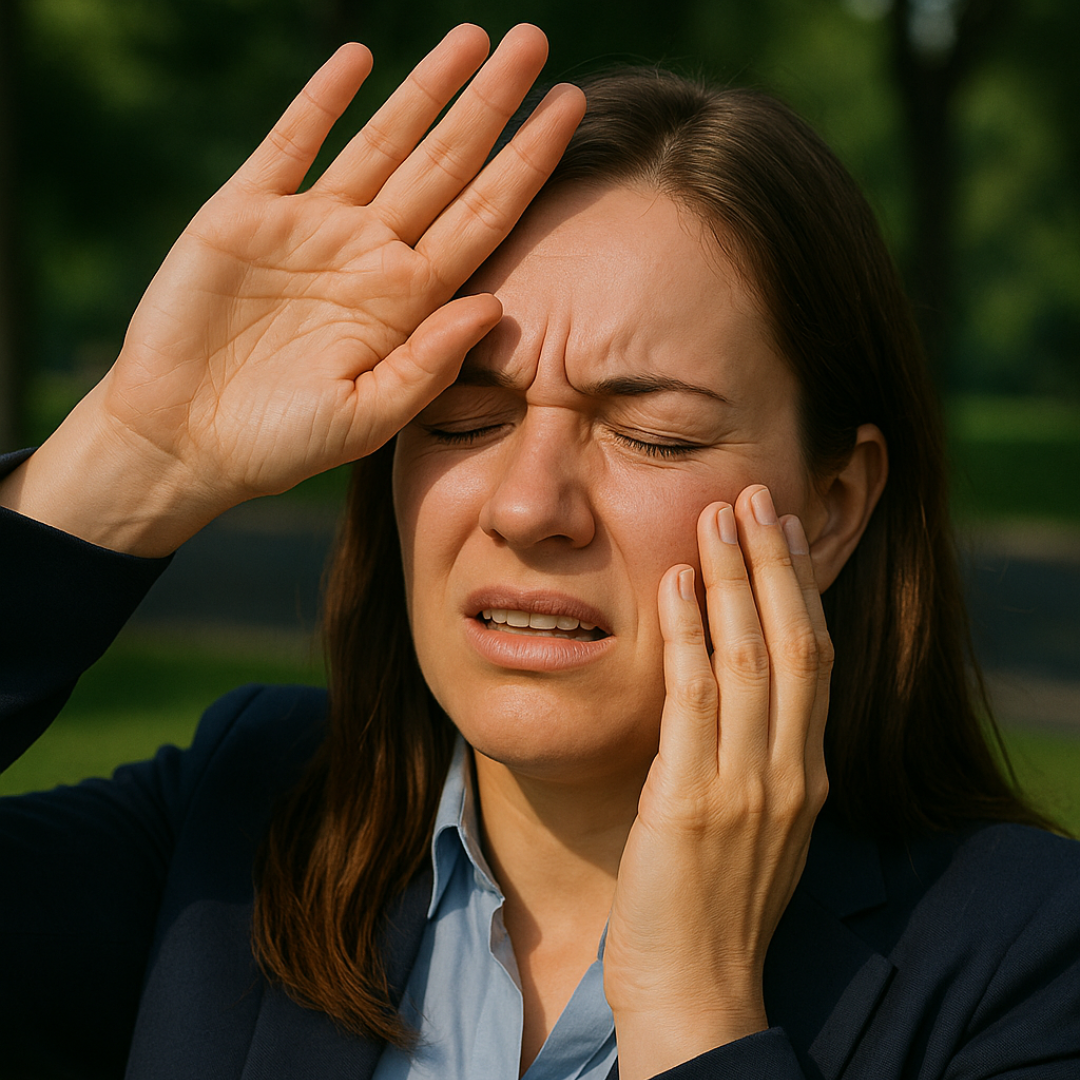Routine Glaucoma Testing
There are many types of glaucoma, but the group of diseases is defined by increasing optic nerve damage and gradual loss of visual field.
Our eyes are continuously producing an aqueous fluid that nurtures the internal ocular structures. If too much of this fluid is produced, or if it is not draining properly, pressure increases within the eye and pushes on the delicate optic nerve tissue. Damage to the optic nerve causes loss of visual field sometimes referred to as “tunnel vision”. Unfortunately, glaucoma sufferers do not exhibit symptoms until later stages of disease progression when they have already lost significant vision.
Glaucoma has a strong genetic component and is more often found in people with a family history of the disease. However, those with high glasses prescription, poor circulation, history of eye trauma, certain medications, high blood pressure, and older age may be at greater risk.
At Mountain View Optometry, we will measure your eye pressure with the I-care tonometer. This gentle instrument can be used on all age groups to give an accurate reading with no need for additional drops or startling puffs of air. However, we cannot rely solely on pressure measurements to diagnose glaucoma as a “normal tension” glaucoma variant is also common. Therefore, your optometrist will also carefully assess your optic nerves for potential damage and may ask you to return for further testing with dilating drops, ocular tissue scans with Optical Coherence Tomography (OCT), and subjective testing of your visual field with the Humphrey Visual Field Analyzer. These specialized tests are also painless and can be done at both of our offices without having to refer you elsewhere. As glaucoma is progressive by nature, these tests will need to be routinely repeated to monitor for changes.
Existing optic nerve damage is irreversible and therefore prevention of vision loss is our focus. If caught early, the disease can be successfully treated with laser therapy and long-term use of topical eye drops.
– Dr. Lana Filipic












